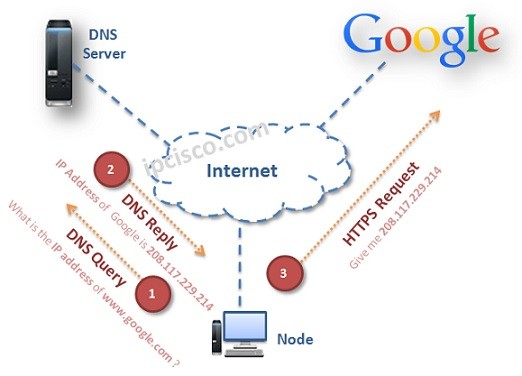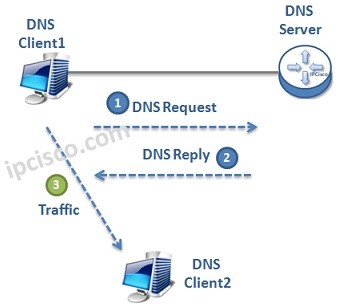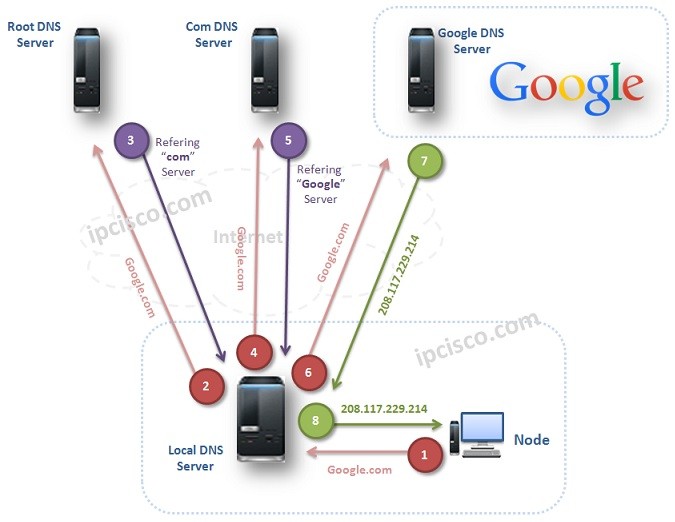- COURSES
- SPECIALS
- BLOG
- MEMBERS
- SHOP
- ABOUT
- ENROLL HERE

Table of Contents
DNS (Domain Name System) is a common protocol that is used to translate hostnames to the IP addresses. Normally, we use website addresses on our browsers. These website addresses are resolved to IP addresses by DNS. Without Domain Name System, it is difficult to reach this website with its hostname only. In general we can define websites as hosts. Like websites, a single host can also use hostnames for IP resolution. Here, we sill also see the server that works for this job, what dns server is. We will also talk about DNS Configuration on another lesson. You can also check the wikipedia definition for it, here.
Let’s give an example about Domain Name System. Think about that, if you would like to reach www.google.com, you write this website address to the browser and you can reach Google website. At the backplane, this hostname is resolved to the IP address of Google. You can also reach Google without DNS, by writing only its IP address, 142.250.187.164. But it is difficult to remember an ip address. So, Domain Name System makes life easier with this resolving mechanims.
DNS is a Client / Server Protocol. To use Domain Name System, a DNS Server must be configured firstly. In this DNS Server, IP addresses and related Hostnames must be mapped. After this process whenever a user request a hostname, DNS Server replies with its IP Address. Then time user’s browser can use the IP address of this hostname to access the website. User is unaware of whole this process. He/She only writes the hostname and reached the website.
With DNS configuration, the node sends a query that request the IP address of the sent hostname. DNS Server sends a response message that includes the IP address of this hostname. After that, the node reaches to the website.

This is done in the same way in the local network. Think about the below topology. Here, firstly DNS Client sends a DNS Request to the DNS Server. DNS Request includes the name of the host. It requests the mapped IP address to this host. DNS Server replies with DNS Reply. This DNS Reply includes the IP address of the host. After receiving the IP address, DNS Client(DNS Client1) can reach to the host (Here DNS Client2).

In real world, there are many DNS Servers. And each of them does not have the full database of these hosts. So, DNS Servers refer eachother about resolution. If you go to one DNS Server and if it does not have the IP address of the requested host, it refers another DNS Server. When the IP is not there also, it refers another. This continues up to the DNS Server that has the IP address of the host.

Leave a Reply